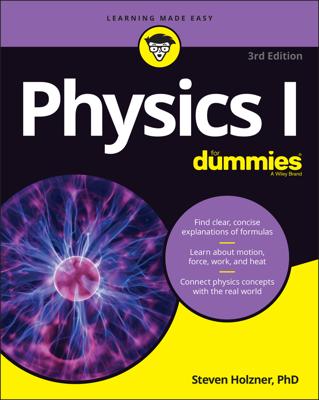According to string theory, all particles in the universe can be divided into two types: bosons and fermions. String theory predicts that a type of connection, called supersymmetry, exists between these two particle types.
Under supersymmetry, a fermion must exist for every boson and a boson for every fermion. Unfortunately, experiments have not yet detected these extra particles.
Supersymmetry is a specific mathematical relationship between certain elements of physics equations. It was discovered outside of string theory, although its incorporation into string theory transformed the theory into supersymmetric string theory (or superstring theory) in the mid-1970s.
One benefit of supersymmetry is that it vastly simplifies string theory’s equations by allowing certain terms to cancel out. Without supersymmetry, the equations result in physical inconsistencies, such as infinite values and imaginary energy levels.
Because scientists haven’t observed the particles predicted by supersymmetry, this is still a theoretical assumption. Many physicists believe that the reason no one has observed the particles is because it takes a lot of energy to generate them. (Energy is related to mass by Einstein’s famous E = mc2 equation, so it takes energy to create a particle.)
They may have existed in the early universe, but as the universe cooled off and energy spread out after the big bang, these particles would have collapsed into the lower-energy states that we observe today. (We may not think of our current universe as particularly low energy, but compared to the intense heat of the first few moments after the big bang, it certainly is.)
In other words, the strings vibrating as higher-energy particles lost energy and transformed from one type of particle (one type of vibration) into another, lower-energy type of vibration.
Scientists hope that astronomical observations or experiments with particle accelerators will uncover some of these higher-energy supersymmetric particles, providing support for this prediction of string theory.

